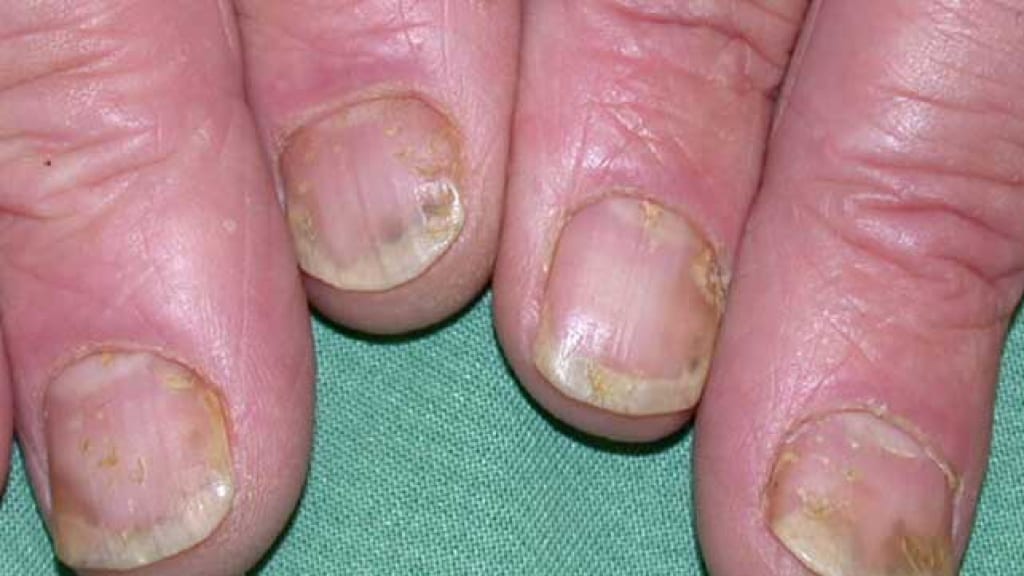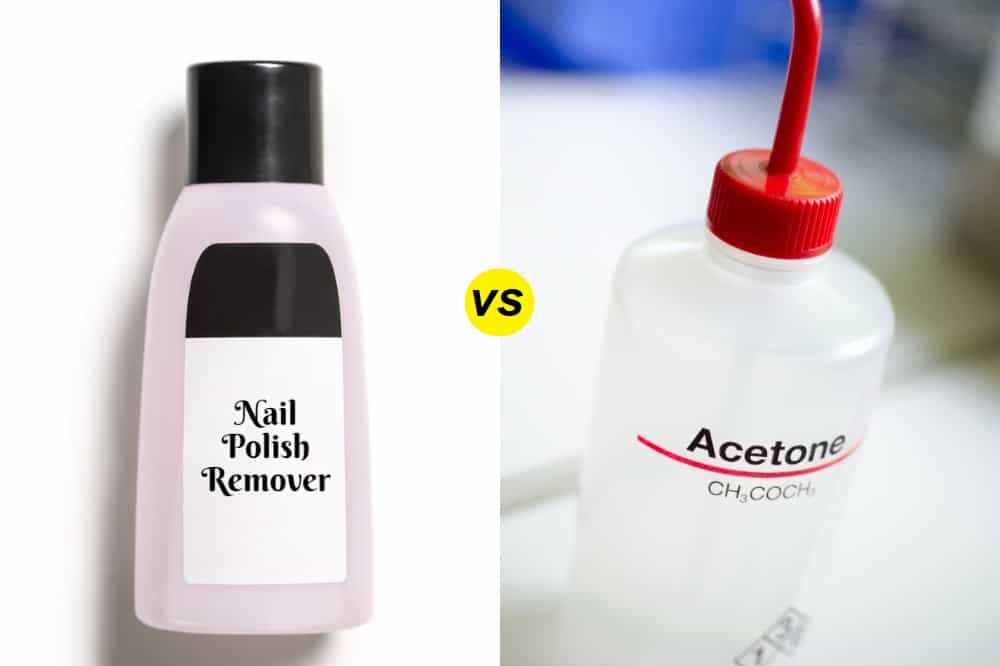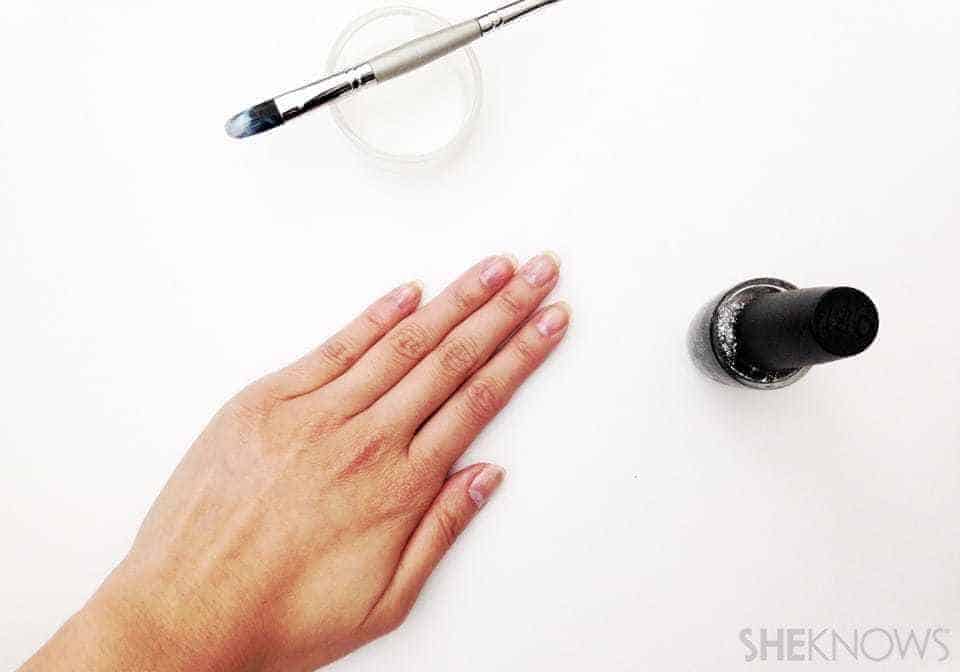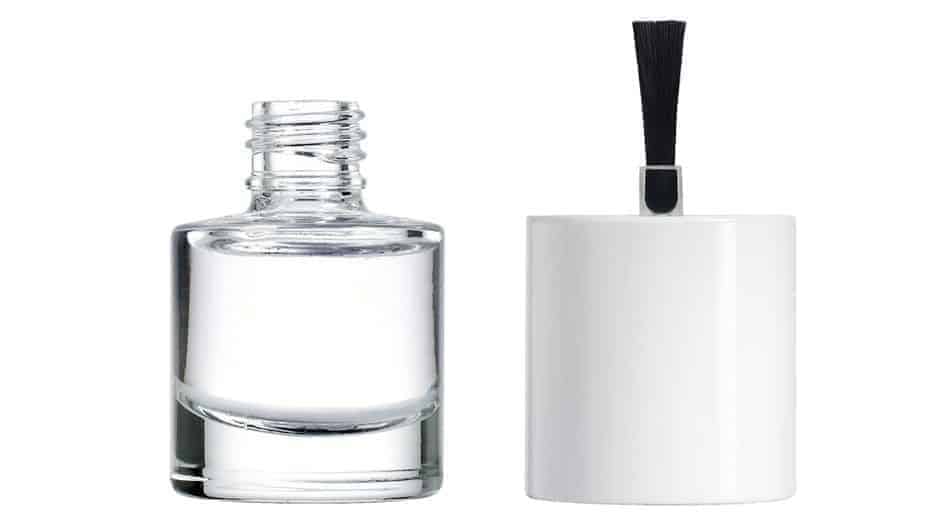Nail Psoriasis: Symptoms, Causes & Treatments
Psoriasis of the nails would sound like a foreign word to most of us, but this is actually quite a common inflammatory disease.
This condition usually affects skin surrounding your elbows, knees and even your scalp, but on rare occasions, you might get psoriasis on your nails and legs. In this article, we review some information on psoriasis, but with a heavier focus on nail psoriasis.
What is Nail Psoriasis?
Aside from the information mentioned above, it is important for you to know that psoriasis on fingernails is not a contagious infection. Rather, this condition is usually genetic, so you don’t need to worry about getting psoriasis by touching the affected skin areas on someone else.
If you have psoriasis, there’s a 50% chance that you will also develop nail psoriasis. In certain rare cases, the symptoms of psoriasis only show up on the patient’s nails and not anywhere else.
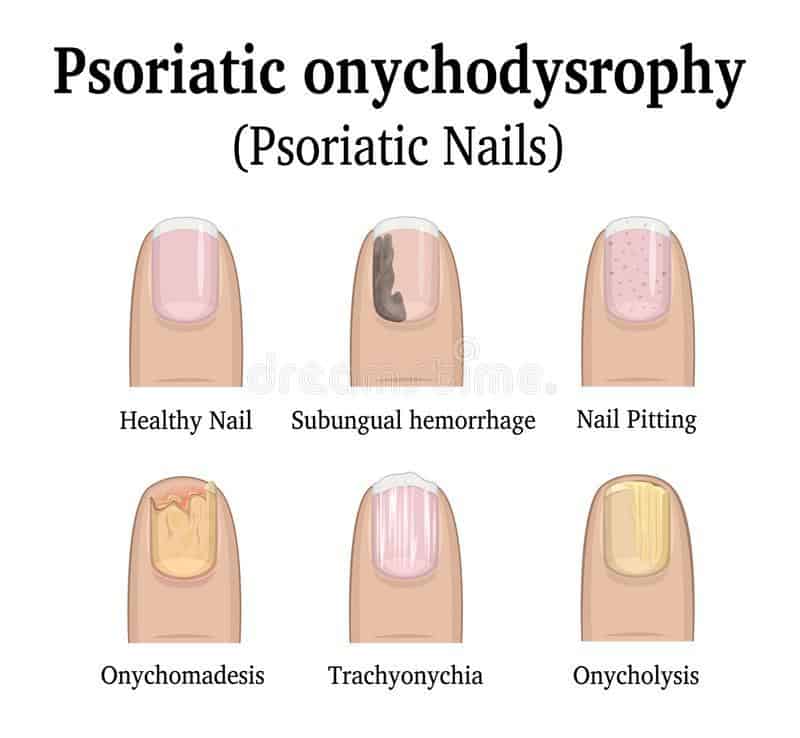
10 Most Common Nail Diseases And Disorders
Difference Between Psoriasis & Eczema
Both psoriasis and eczema on nails may present symptoms such as extremely itchy and red rashes on your skin. You will find that the affected skin areas are scaly, crusty or even appear rough and leathery.
However, there are also ways to differentiate these conditions.
- While both conditions may cause you to feel itchy, the itch caused by eczema is usually much more serious than that caused by psoriasis. Most individuals with eczema report having an itch serious enough for them to scratch their skin until it bleeds.
- Psoriasis, on the other hand, will also cause you to feel some stinging or burning sensation on your skin aside from the itch. While both eczema and psoriasis will give you red patches that are raised higher than your normal skin levels, psoriasis-affected skin is thicker and much more inflamed than eczema.
Symptoms & Signs of Nail Pitting Psoriasis
As your nail plates weaken, you might see some pitting on your nails. The number and depths of these pits vary between individuals. Similarly, the weakening of your nails may cause your nail bed to separate from your nails.
During this process, you might notice a white or yellowing patch at the tip of your nails, which slowly travel down to your nail beds as your nails separate itself from your flesh. Bacteria can easily get into space in between and cause worrying nails and cuticle infections.
When this happens, you will find that your nail has turned a dark color. It’s also common to find Beau’s lines on your nails when you are suffering from psoriasis.
Learn How to Deal with Pincer Nails
Causes & Risk Factors of Psoriasis
Even now, how nail psoriasis comes to be is still not fully understood. The current understanding of psoriasis explains that nails are impacted due to genetic, immunologic and environmental factors – all three at once.
The genetic link for psoriasis is so strong that 40% of individuals with this condition have someone in their nuclear family with psoriasis as well.
If both the mother and father of an individual have this condition, then their chances of getting psoriasis increases to about 75%. There’s no gender or race favoritism when it comes to psoriasis.
8 Simple Steps to File Your Nails Like A Pro
When to See A Doctor?
You usually will not need to seek treatments if you only show very mild symptoms. However, if your nail has some noticeable changes, you should consider getting a medical opinion, especially if you also have psoriasis or diabetes.
Treatments for Nail Psoriasis
Psoriasis can continually develop, which makes this condition harder to treat than most other conditions:
- Your doctor might prescribe you some prescription steroids that you can rub on your nails or have it injected into your nail bed for better penetration.
- Alternatively, if you have nail fungal infections as a result of psoriasis, you might also be prescribed with oral anti-fungal drugs to treat the condition.
- In some cases, doctors might suggest using UV exposure directed towards the affected areas on your nails or in extreme cases, the removal of an affected nail.
Find Out Some Home Remedies to Cure Psoriasis of Your Fingernails
Step-by-Step Process of Fixing Your Damaged Nails
In any case, if you have sought nail psoriasis treatment and want to take care of your nails better meanwhile, you can restore your nails to look a little better by filing them – not too harsh – and applying nail polish over them.

